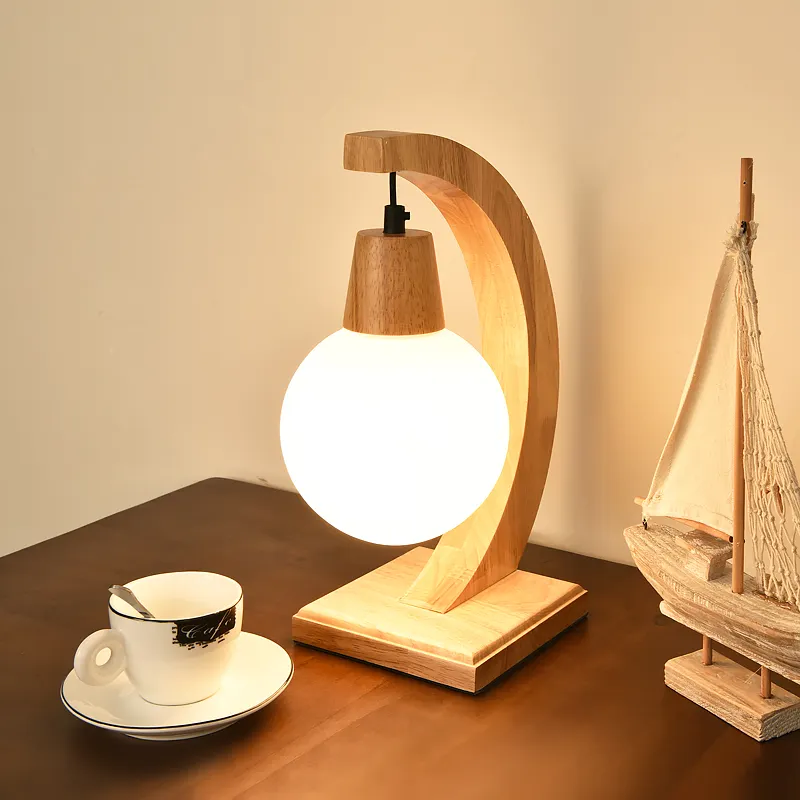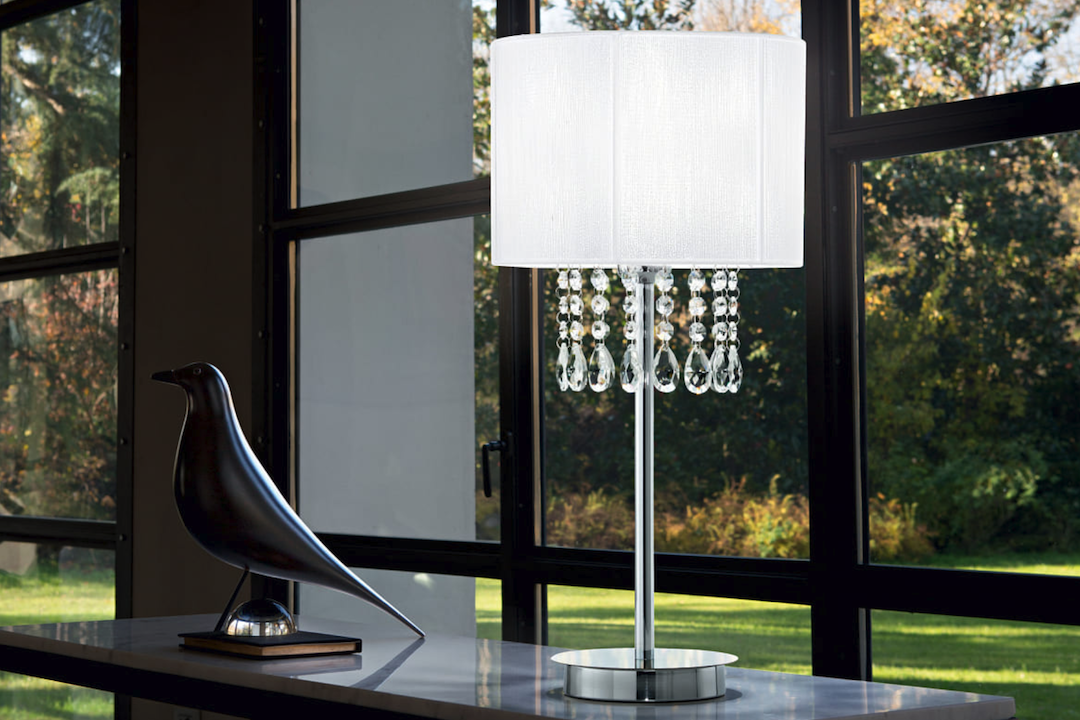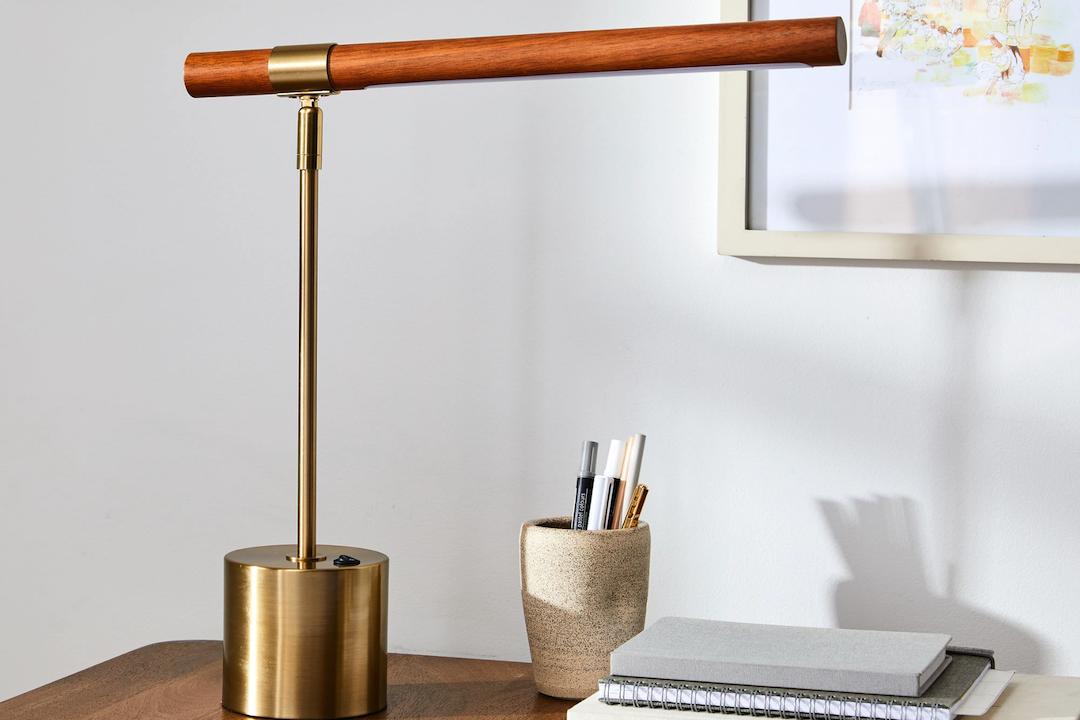Headboard lighting refers to the use of lights specifically designed to be mounted on or near the headboard of a bed. These lights serve both functional and aesthetic purposes, providing illumination for activities such as reading and creating a warm and inviting ambiance in the bedroom. While headboard lighting has been around for many years, it has gained popularity in modern bedrooms due to its practicality and ability to enhance the overall design of the space.
The concept of headboard lighting can be traced back to ancient times when people used candles or oil lamps to provide light in their bedrooms. Over time, advancements in technology led to the development of electric lights, which made it easier and safer to incorporate lighting into headboards. Today, there are various types of headboard lights available, ranging from wall-mounted lights to clip-on lights and integrated lights.
In modern bedrooms, headboard lighting plays a crucial role in creating a functional and visually appealing space. It provides improved visibility for activities such as reading or working on a laptop in bed. Additionally, it adds a touch of elegance and sophistication to the room, enhancing the overall ambiance and mood. With the increasing focus on energy efficiency, headboard lights also offer cost savings and environmental benefits compared to traditional bedside table lamps.seanoon
Benefits of Using a Headboard Light
1. Improved visibility for reading and other activities: One of the primary benefits of using a headboard light is that it provides focused illumination for activities such as reading or working on a laptop in bed. Unlike ceiling lights or table lamps, which may cast shadows or create glare, headboard lights can be positioned at the perfect angle to provide direct light where it is needed most. This improves visibility and reduces eye strain, making it easier to engage in these activities comfortably.
2. Reduced eye strain and headaches: Many people experience eye strain and headaches when reading or working in low light conditions. Headboard lights can help alleviate these issues by providing adequate illumination without causing glare or harsh shadows. By directing light towards the reading material or workspace, headboard lights create a more comfortable environment for extended periods of reading or working.
3. Enhanced ambiance and mood: In addition to their functional benefits, headboard lights also contribute to the overall ambiance and mood of the bedroom. They can be used to create a warm and inviting atmosphere, making the space more relaxing and conducive to restful sleep. By choosing the right light intensity and color temperature, headboard lights can help create a cozy and intimate setting that promotes relaxation and tranquility.
4. Energy efficiency and cost savings: Compared to traditional bedside table lamps, headboard lights are often more energy-efficient. Many models use LED bulbs, which consume less energy and have a longer lifespan than traditional incandescent bulbs. This not only reduces electricity costs but also minimizes the need for frequent bulb replacements. Additionally, some headboard lights come with built-in dimming capabilities, allowing users to adjust the light intensity according to their needs and further save on energy consumption.
Types of Headboard Lights and Their Features
1. Wall-mounted lights: Wall-mounted headboard lights are fixed directly onto the wall behind the bed’s headboard. They can be hardwired into the electrical system or plugged into an outlet, depending on the specific model. Wall-mounted lights offer a sleek and minimalist look, as they do not take up any space on the bedside table. They are available in various designs and finishes to complement different bedroom styles.
2. Clip-on lights: Clip-on headboard lights feature a clamp or clip mechanism that allows them to be attached directly to the headboard or bed frame. This type of light is versatile and easy to install, as it does not require any wiring or drilling. Clip-on lights are adjustable, allowing users to direct the light exactly where it is needed. They are a popular choice for those who prefer a flexible lighting solution that can be easily moved or repositioned.
3. Pendant lights: Pendant headboard lights hang from the ceiling and are suspended above the headboard. They create a dramatic and stylish look, adding a touch of elegance to the bedroom. Pendant lights come in various designs and materials, allowing homeowners to choose a style that complements their bedroom decor. They are often used in bedrooms with high ceilings or in spaces where wall-mounted or clip-on lights are not feasible.
4. Integrated lights: Integrated headboard lights are built into the headboard itself, providing a seamless and streamlined lighting solution. These lights are often found in modern and contemporary bed designs, where the headboard serves as both a functional and decorative element. Integrated lights can be controlled using a switch or remote control, allowing users to adjust the light intensity and create different lighting effects.
When choosing a headboard light, there are several features to consider. First, consider the type of light source used, such as LED or incandescent bulbs. LED bulbs are more energy-efficient and have a longer lifespan, making them a popular choice. Additionally, consider the light intensity and color temperature. Some headboard lights offer adjustable brightness levels and color temperatures, allowing users to customize the lighting according to their preferences. Finally, consider the overall design and finish of the headboard light to ensure it complements the existing bedroom decor.
Factors to Consider When Choosing a Headboard Light
1. Bedroom size and layout: The size and layout of your bedroom will play a significant role in determining the type of headboard light that is most suitable. For smaller bedrooms with limited space, wall-mounted or clip-on lights may be the best option as they do not take up any floor or surface space. In larger bedrooms with high ceilings, pendant lights can add visual interest and create a focal point above the bed.
2. Personal preferences and style: When choosing a headboard light, it’s important to consider your personal preferences and the overall style of your bedroom. Do you prefer a sleek and minimalist look, or do you prefer something more ornate and decorative? Consider the materials, finishes, and designs that will best complement your existing bedroom decor.
3. Light intensity and color temperature: The light intensity and color temperature of the headboard light can greatly impact the overall ambiance of the bedroom. Consider whether you prefer a warm, cozy glow or a brighter, more focused light. Some headboard lights offer adjustable brightness levels and color temperatures, allowing you to customize the lighting according to your needs and preferences.
4. Energy efficiency and cost: As mentioned earlier, headboard lights can vary in terms of energy efficiency and cost. LED bulbs are generally more energy-efficient and have a longer lifespan than incandescent bulbs. Additionally, consider the initial cost of the headboard light and any ongoing maintenance or replacement costs.
5. Compatibility with existing bedroom decor and lighting fixtures: It’s important to choose a headboard light that complements the existing decor and lighting fixtures in your bedroom. Consider the style, finish, and design of the headboard light to ensure it blends seamlessly with the overall aesthetic of the space.
Installation and Maintenance of Headboard Lights
1. Step-by-step guide to installing a headboard light:
– Determine the type of headboard light you will be installing (wall-mounted, clip-on, pendant, etc.)
– Measure the height and width of your headboard to determine the appropriate size and placement for the light.
– If installing a wall-mounted light, mark the desired location on the wall using a pencil or tape measure.
– If necessary, drill holes in the wall for wiring or mounting brackets.
– Install any necessary mounting brackets or hardware according to the manufacturer’s instructions.
– Connect the wiring or plug in the light, ensuring that it is securely attached to the wall or headboard.
– Test the light to ensure it is working properly and adjust the angle or position as needed.
2. Tips for maintaining and cleaning headboard lights:
– Regularly dust the light fixture and bulbs to prevent the buildup of dirt and debris.
– Use a soft cloth or duster to gently wipe down the surface of the light fixture.
– If necessary, use a mild cleaning solution and a soft cloth to remove any stubborn stains or marks.
– Avoid using harsh chemicals or abrasive materials, as these can damage the finish or components of the light.
– Check the bulbs regularly and replace them as needed to ensure optimal performance.
3. Common problems and solutions:
– Dim or flickering light: This could be due to a loose connection or faulty wiring. Check all connections and tighten any loose screws or wires. If the problem persists, consult a professional electrician.
– Overheating: If the headboard light becomes excessively hot, it may be due to a high wattage bulb or poor ventilation. Replace the bulb with a lower wattage option and ensure that there is adequate airflow around the light fixture.
– Bulb burnout: If the bulbs in your headboard light frequently burn out, it may be due to poor quality bulbs or excessive heat buildup. Consider using LED bulbs, which have a longer lifespan and produce less heat.
How to Use Headboard Lights to Create a Relaxing Atmosphere

1. Importance of lighting in creating a relaxing bedroom environment: Lighting plays a crucial role in creating a relaxing atmosphere in the bedroom. Soft, warm lighting can help promote relaxation and prepare the body for sleep. Harsh or bright lighting, on the other hand, can disrupt sleep patterns and make it difficult to unwind at the end of the day.
2. Tips for using headboard lights to create a calming ambiance:
– Choose a headboard light with adjustable brightness levels and color temperatures. This will allow you to customize the lighting according to your needs and preferences.
– Use warm white or soft yellow light bulbs, as these colors are known to promote relaxation and create a cozy atmosphere.
– Position the headboard light so that it provides indirect or diffused lighting. This can be achieved by angling the light towards the wall or using a shade or diffuser to soften the light.
– Consider using dimmer switches or smart lighting systems to control the intensity and color of the headboard light. This will allow you to create different lighting scenes for different times of the day or activities.
3. Examples of relaxing headboard lighting setups:
– Wall-mounted lights with adjustable brightness levels and warm white bulbs. These lights can be positioned at eye level, providing soft and diffused lighting for reading or winding down before bed.
– Pendant lights with dimmer switches. These lights can be hung above the headboard, creating a warm and inviting glow in the bedroom. The dimmer switches allow for easy adjustment of the light intensity, depending on the desired ambiance.
– Integrated lights built into the headboard itself. These lights can be controlled using a remote control or smartphone app, allowing users to adjust the brightness and color temperature according to their preferences.
Headboard Lighting Ideas for Different Bedroom Styles
1. Modern and minimalist bedrooms: For modern and minimalist bedrooms, consider sleek and streamlined headboard lights that blend seamlessly with the overall aesthetic. Wall-mounted lights with clean lines and simple designs are a popular choice. Opt for neutral finishes such as brushed nickel or matte black to complement the minimalist color palette.
2. Traditional and classic bedrooms: Traditional and classic bedrooms often feature ornate headboards and rich, luxurious fabrics. To complement this style, consider pendant lights with decorative shades or wall-mounted lights with intricate detailing. Choose finishes such as brass or bronze for an elegant and timeless look.
3. Bohemian and eclectic bedrooms: Bohemian and eclectic bedrooms are characterized by their mix of colors, patterns, and textures. To enhance this style, consider pendant lights with colorful shades or clip-on lights with bohemian-inspired patterns. Mix and match different styles and finishes to create a unique and eclectic look.
4. Coastal and nautical bedrooms: Coastal and nautical bedrooms often feature light, airy colors and natural materials. To complement this style, consider wall-mounted lights with rope or driftwood accents. Choose finishes such as white or weathered wood for a beachy and relaxed vibe.
5. Industrial and rustic bedrooms: Industrial and rustic bedrooms often feature exposed brick, metal accents, and reclaimed wood. To enhance this style, consider wall-mounted lights with industrial-inspired designs or pendant lights with vintage-style bulbs. Opt for finishes such as brushed steel or aged bronze for an authentic industrial look.
Combining Headboard Lights with Other Bedroom Lighting Fixtures
1. Importance of layering lighting in a bedroom: Layering lighting in a bedroom is essential for creating a well-balanced and functional space. By combining different types of lighting fixtures, you can create different lighting scenes for different activities or moods. Headboard lights can be used as task lighting for reading or working, while ceiling lights provide overall illumination, and table lamps or floor lamps add ambient lighting.
2. Tips for combining headboard lights with ceiling lights, table lamps, and other fixtures:
– Use headboard lights as task lighting for specific activities such as reading or working in bed.
– Install dimmer switches or smart lighting systems to control the intensity and color of the headboard lights.
– Use ceiling lights to provide overall illumination in the bedroom. Consider installing a dimmer switch to adjust the brightness according to your needs.
– Place table lamps or floor lamps on bedside tables or in other areas of the bedroom to add ambient lighting and create a cozy atmosphere.
3. Examples of effective lighting combinations:
– Wall-mounted headboard lights combined with recessed ceiling lights. The wall-mounted lights provide focused task lighting, while the recessed ceiling lights provide overall illumination.
– Pendant headboard lights combined with table lamps on bedside tables. The pendant lights create a focal point above the bed, while the table lamps provide ambient lighting and add visual interest to the space.
– Integrated headboard lights combined with floor lamps in the corners of the room. The integrated lights provide a seamless and streamlined look, while the floor lamps add additional ambient lighting and create a cozy atmosphere.
Tips for Enhancing Your Sleep Quality with a Headboard Light
1. Importance of sleep hygiene and light exposure: Sleep hygiene refers to the practices and habits that promote healthy sleep. Light exposure plays a crucial role in regulating our sleep-wake cycle, as it affects the production of melatonin, a hormone that helps regulate sleep. By controlling light exposure in the bedroom, you can enhance your sleep quality and promote restful sleep.
2. Tips for using headboard lights to improve sleep quality:
– Use warm white or soft yellow light bulbs in your headboard light. These colors are known to promote relaxation and help prepare the body for sleep.
– Avoid using bright or blue light in the evening, as it can suppress melatonin production and disrupt sleep patterns. Consider using dimmer switches or smart lighting systems to adjust the light intensity and color temperature according to the time of day.
– Use blackout curtains or blinds to block out any external light sources that may interfere with your sleep. This can help create a dark and conducive environment for restful sleep. Additionally, you may also want to minimize the use of electronic devices such as smartphones, tablets, and laptops before bedtime, as the blue light emitted from these screens can also disrupt your sleep-wake cycle. Instead, try engaging in relaxing activities such as reading a book or taking a warm bath to promote better sleep.





